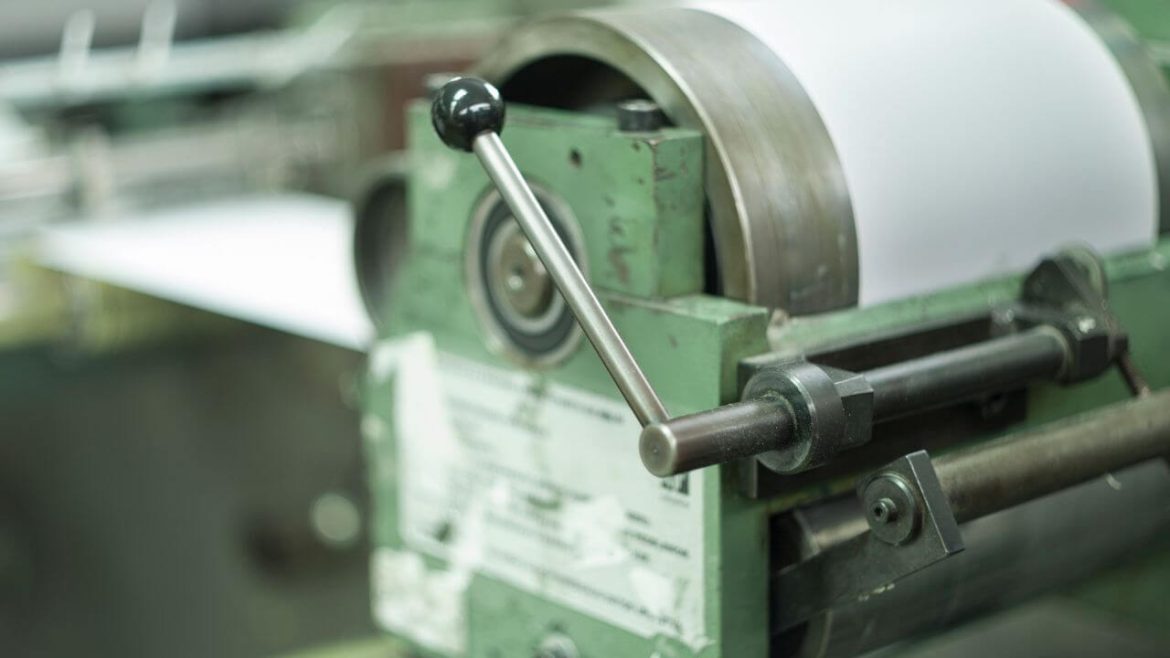Automatic ampoule labeling machine is essential in pharmaceutical and biomedical industries for accurately applying labels to various sizes of ampoules. The adaptability of these machines to different ampoule sizes is crucial for ensuring efficiency, precision, and compliance with regulatory standards.
Understanding Automatic Ampoule Labeling Machines
Automatic ampoule labeling machines are specialized equipment designed to automatically apply labels onto glass ampoules used for containing injectable medications, vaccines, and other pharmaceutical solutions. These machines are equipped with high-precision mechanisms to handle ampoules of varying sizes and shapes while ensuring consistent label placement and adherence.
Importance of Adaptability
- Versatility in Labeling: Automatic labeling machines must accommodate ampoules ranging from 1 mL to 20 mL or more, depending on the pharmaceutical product and dosage requirements. This adaptability allows pharmaceutical manufacturers to streamline production processes and label different batches of medications efficiently.
- Precision Label Placement: Each ampoule size requires precise label positioning to ensure readability and compliance with regulatory requirements. Automatic machines use advanced sensors and positioning systems to adjust label placement according to the specific dimensions of the ampoule, minimizing errors and enhancing labeling accuracy.
- Efficiency in Production: By seamlessly adapting to various ampoule sizes, these machines optimize production efficiency and reduce downtime associated with manual adjustments. This capability is crucial in high-volume pharmaceutical manufacturing environments where rapid labeling and packaging are essential.
- Compliance with Regulatory Standards: Pharmaceutical products must meet stringent regulatory labeling standards to ensure patient safety and product integrity. Automatic labeling machines are calibrated to meet these standards across different ampoule sizes, facilitating compliance audits and regulatory approvals.
Technological Features
Automatic ampoule labeling machines incorporate several technological features to enhance adaptability:
- Adjustable Conveyors: Conveyor systems are adjustable to accommodate different ampoule diameters and lengths, ensuring smooth transport through the labeling process.
- Modular Design: Machines are often designed with modular components that can be customized or upgraded to handle new ampoule sizes or labeling requirements.
- Vision Systems: High-resolution cameras and vision systems detect ampoule size and orientation, allowing the machine to adjust label placement dynamically.
Industry Applications
- Pharmaceutical Manufacturing: In pharmaceutical production facilities, automatic ampoule labeling machines label ampoules containing vaccines, injectable medications, and biologics. They support efficient batch processing and ensure product traceability.
- Biomedical Research: Laboratories and research institutions use these machines to label ampoules containing experimental drugs, reagents, and diagnostic solutions. The adaptability of the machines facilitates precision labeling in research and development contexts.
- Clinical Settings: Hospitals and healthcare facilities rely on labeled ampoules for accurate medication administration. Automatic labeling machines ensure that critical information, such as drug name, dosage, and expiration date, is clearly displayed on ampoules used in clinical settings.
Conclusion
The adaptability of automatic ampoule labeling machines to different ampoule sizes is essential for maintaining efficiency, precision, and regulatory compliance in pharmaceutical and biomedical industries. These machines play a pivotal role in enhancing production processes, ensuring product safety, and meeting the diverse labeling needs of healthcare providers and patients alike.
As technology continues to advance, further innovations in automatic labeling systems will continue to improve adaptability and functionality across the pharmaceutical manufacturing landscape.
